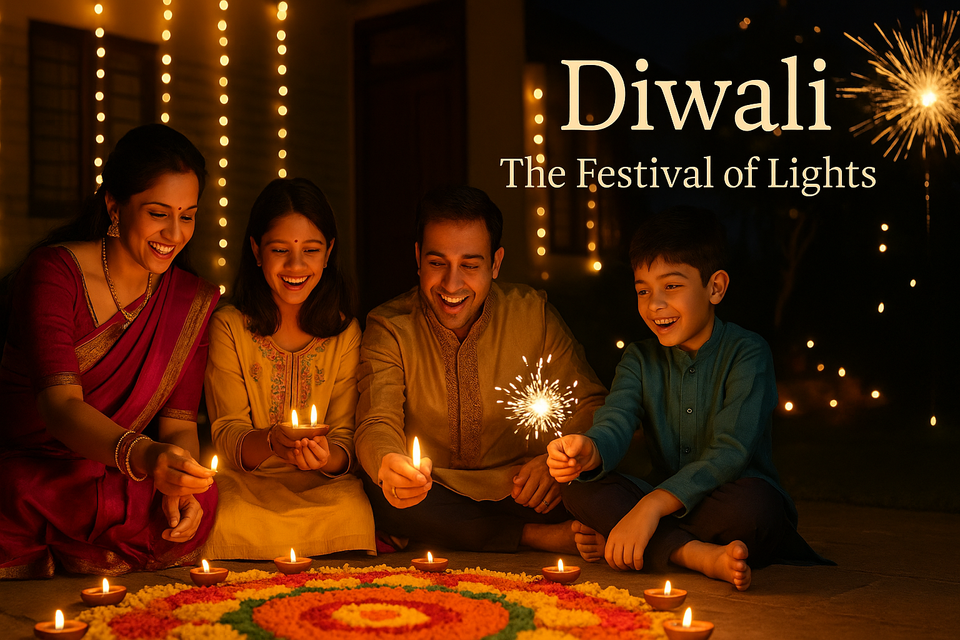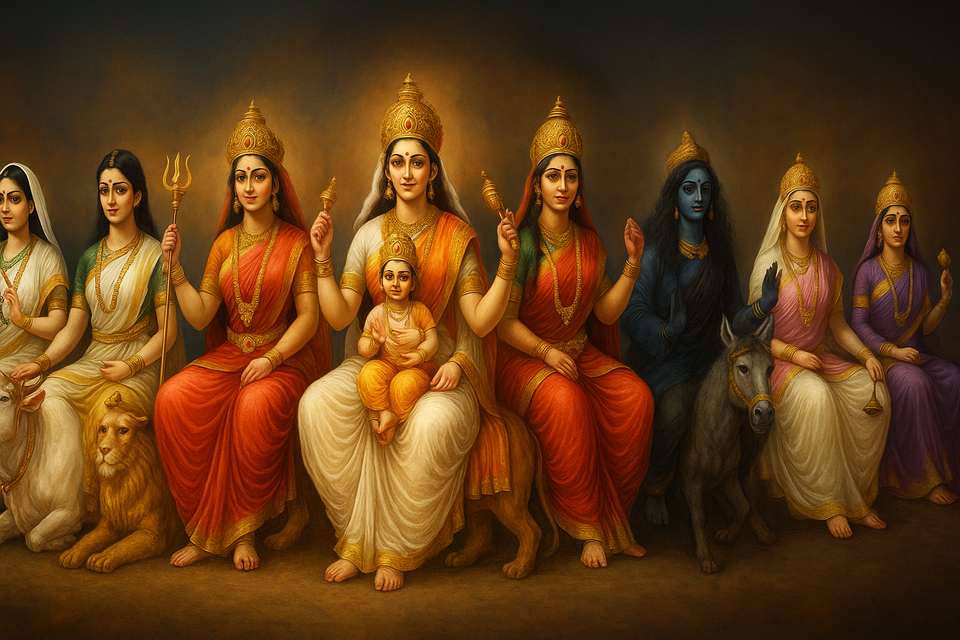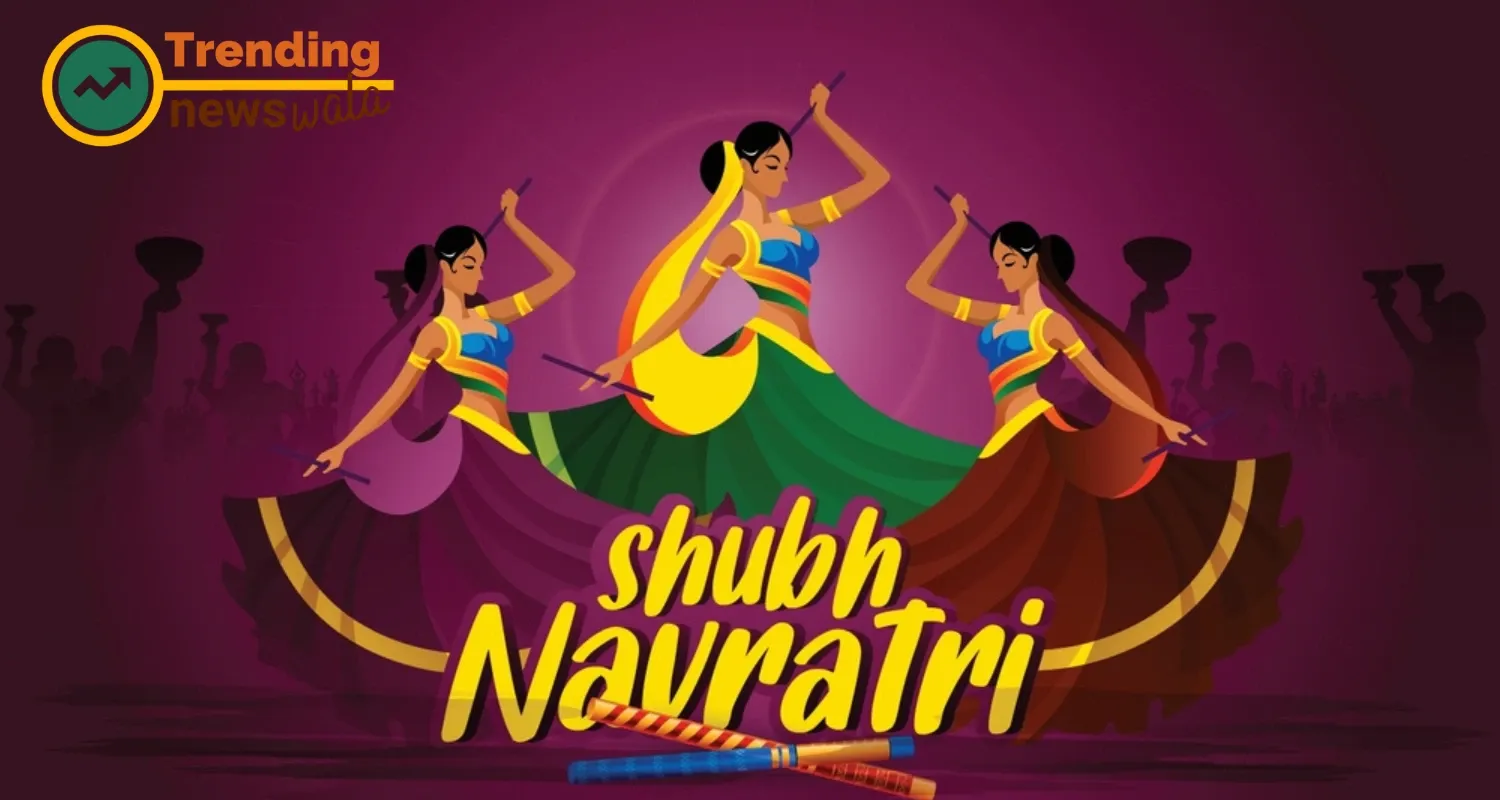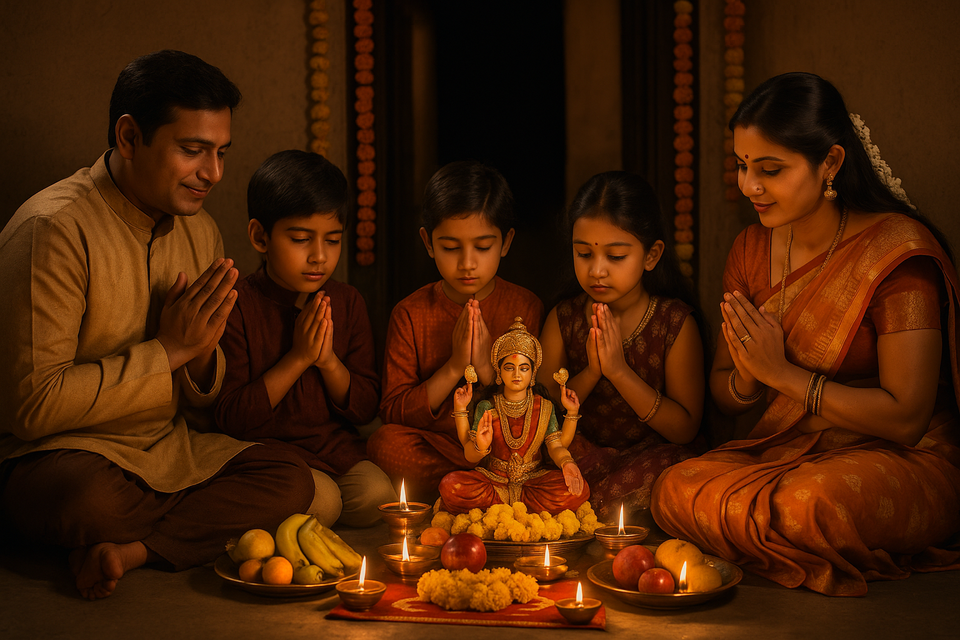🌾 Thai Pongal 2026: A Joyous Harvest Festival of Gratitude and Prosperity 🎉
Thai Pongal is a Tamil harvest festival celebrated with much fervor and joy, marking the beginning of the auspicious month of Thai in the Tamil calendar.
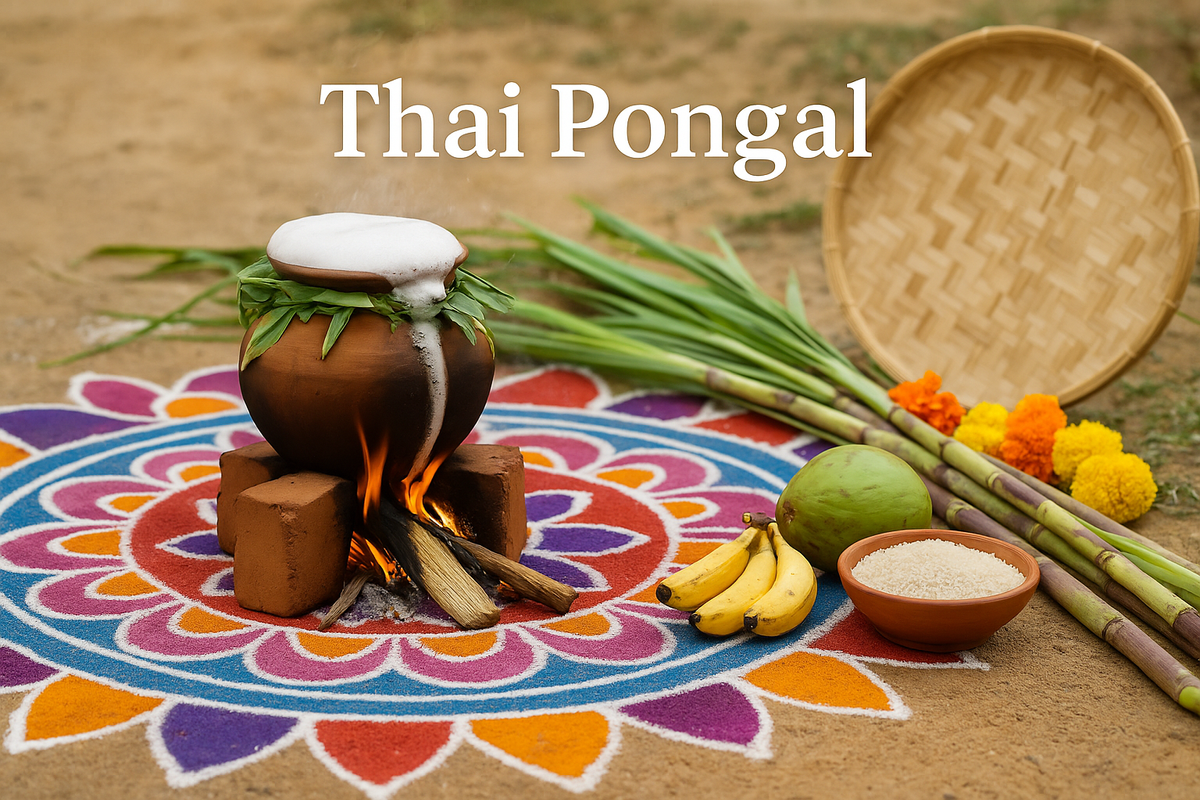
Thai Pongal is a vibrant and auspicious harvest festival celebrated predominantly by Tamil communities worldwide. 🌍
It marks a time of gratitude towards nature, a celebration of prosperity, and a deep connection with age-old traditions. 🌾✨
Held every year in mid-January, Thai Pongal is not just about boiling rice and milk under the sun; it’s a soulful offering to nature that nourishes humanity. 🌞💛 In this comprehensive guide, we will explore the meaning, history, rituals, celebrations, foods, and modern relevance of Thai Pongal. 🌟
📜 The Origin and Historical Significance of Thai Pongal
The word "Pongal" in Tamil means "to boil over". 🍚🔥 This signifies abundance and prosperity overflowing in homes and hearts.
Historically, Thai Pongal dates back to the Sangam Age (200 BCE – 300 CE) and is closely associated with sun worship and agriculture. 🌻
Farmers offer thanks to Surya (the Sun God) for a bountiful harvest after months of hard labor. 🌞🌾 Thai Pongal also beautifully ties in with other Ancient Festivals of India, reflecting the profound relationship between humans, nature, and divine forces. 🙏✨
📅 When is Thai Pongal Celebrated?
Thai Pongal is typically celebrated between January 14 and January 17, coinciding with the winter solstice and the start of the Tamil month of Thai. 🗓️
Thai Pongal 2026 Dates:
Bhogi Pongal (First Day): January 14, 2026
Thai Pongal (Main Festival): January 15, 2026
Mattu Pongal (Day for Cattle): January 16, 2026
Kaanum Pongal (Family Day): January 17, 2026
Each day holds special significance and rituals, creating a four-day-long celebration filled with joy and cultural richness. 🌸🎉
🎉 How is Thai Pongal Celebrated?
Thai Pongal celebrations are deeply ritualistic, joyous, and family-centric. Let's dive into the beauty of each day! 🌟
1️⃣ Bhogi Pongal - Cleansing and New Beginnings ✨
People discard old belongings 🛏️ and clean their homes 🏠 to welcome prosperity.
Bonfires are lit, symbolizing the destruction of negativity. 🔥
2️⃣ Thai Pongal - Offering to the Sun God 🌞
Freshly harvested rice, jaggery, milk, and ghee are boiled together in a clay pot. 🍚
The pot is allowed to overflow as a symbol of abundance.
Families offer the Pongal dish to Surya, thanking him for blessings. 🌾🌟
3️⃣ Mattu Pongal - Honoring Cattle 🐄
Cows and bulls are bathed, decorated with bells, paint, and flowers. 🌼
They are fed Pongal dishes and worshipped, acknowledging their role in agriculture. 🙏
4️⃣ Kaanum Pongal - Family Reunions 👨👩👧👦
Families gather for picnics and outings. 🎉
Elders bless the younger generation.
Sweets and gifts are exchanged, strengthening family bonds. 🎁
🌞 Special Rituals and Traditions of Thai Pongal
🏵️ Kolam Designs
Intricate patterns made from rice flour are drawn at entrances.
They are believed to invite prosperity and ward off evil spirits. 🌸
🍚 Pongal Dish
The Pongal dish (sweet or savory) is the heart of the festival.
Ingredients like rice, milk, jaggery, ghee, cashew nuts, and raisins symbolize wealth and wellness. 🍯🌾
🙏 Worship and Offerings
Sugarcane stalks, turmeric plants, coconut, bananas, and flowers are offered.
Special prayers and hymns are chanted to honor natural elements and gods. 📿🌼
🌾 The Importance of Thai Pongal in Modern Times
Despite rapid urbanization, Thai Pongal remains a strong cultural anchor for Tamil people globally. 🌍
It instills values of gratitude, community living, respect for nature, and family bonding. 🌳❤️
In today's world, where environmental concerns are growing, festivals like Thai Pongal remind us of the importance of sustainability and natural harmony. 🌎♻️
🍛 Delectable Foods of Thai Pongal
No festival is complete without delicious feasts! 🍽️ Thai Pongal offers a variety of mouth-watering dishes:
Must-Try Dishes:
Sakkarai Pongal (Sweet Pongal) 🍚🍯
Ven Pongal (Savory Pongal) 🥣
Medu Vada (Crispy Lentil Donuts) 🍩
Payasam (Rice Kheer) 🍶
Murukku (Crispy Spirals) 🌀
These dishes are not just tasty but also hold symbolic meanings of prosperity, sweetness, and happiness. 🎉
🌺 Thai Pongal vs. Other Harvest Festivals
While Thai Pongal is celebrated by Tamilians, similar harvest festivals are celebrated across India:
| Festival | Region | Key Features |
|---|---|---|
| Makar Sankranti | North India | Kite flying, sweets made of sesame seeds |
| Lohri | Punjab | Bonfires, singing, and dancing |
| Bihu | Assam | Folk dances, feasts, and traditional games |
| Pongal | Tamil Nadu | Cooking Pongal, cattle worship, family gatherings |
Just like Raksha Bandhan strengthens the sibling bond across India, Thai Pongal strengthens the bond with nature and community. 🌸👨👩👧👦
🌍 Global Celebrations of Thai Pongal
Today, Thai Pongal is celebrated with great enthusiasm among Tamil communities in:
Sri Lanka 🇱🇰
Malaysia 🇲🇾
Singapore 🇸🇬
South Africa 🇿🇦
United Kingdom 🇬🇧
United States 🇺🇸
Canada 🇨🇦
Australia 🇦🇺
In many places, public Pongal cooking events, cultural programs, and temple festivals are organized, preserving and promoting Tamil culture worldwide. 🌎🎉
🛡️ Eco-Friendly Thai Pongal Celebrations
In recent years, eco-conscious Pongal celebrations have gained popularity:
Using biodegradable clay pots 🍯
Creating natural kolams with organic colors 🌸
Avoiding plastic decorations 🚫
Distributing plant saplings as gifts 🌱
Celebrating Pongal in an eco-friendly manner ensures that future generations inherit a greener planet. 🌍💚
📚 Thai Pongal and Education
Many schools and universities organize Thai Pongal competitions, encouraging students to:
Create beautiful kolam designs 🌀
Cook Pongal dishes 🍛
Write essays and poems about the importance of gratitude ✍️
This fosters cultural pride and a sense of responsibility among the youth. 🧑🎓🌟
🎯 Key Takeaways About Thai Pongal
Thankfulness towards nature 🌞🌾
Celebration of prosperity and new beginnings 🌼
Strengthening family and community bonds 👨👩👧👦
Preserving ancient traditions in the modern world 🏛️
Thai Pongal beautifully connects the past, present, and future, making it a timeless celebration of life. 🌟🎉
📋 Conclusion: Let’s Celebrate Thai Pongal with Gratitude and Joy 🌸
As the aroma of freshly cooked Pongal fills the air and vibrant kolams decorate every doorstep, Thai Pongal 2026 promises to be a festival of positivity, love, and gratitude. 🍚🌞
Let's embrace this festival not just as a tradition, but as a lifestyle of grateful living and harmony with nature. 🌍💚
Wishing you and your family a Happy Thai Pongal 2026! 🎉🌾 May your lives overflow with health, wealth, and happiness!

